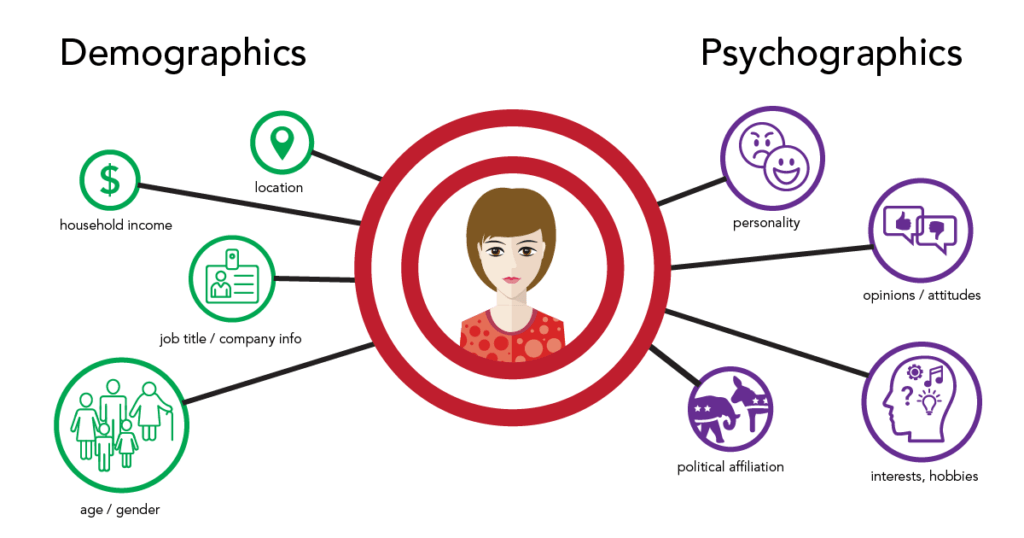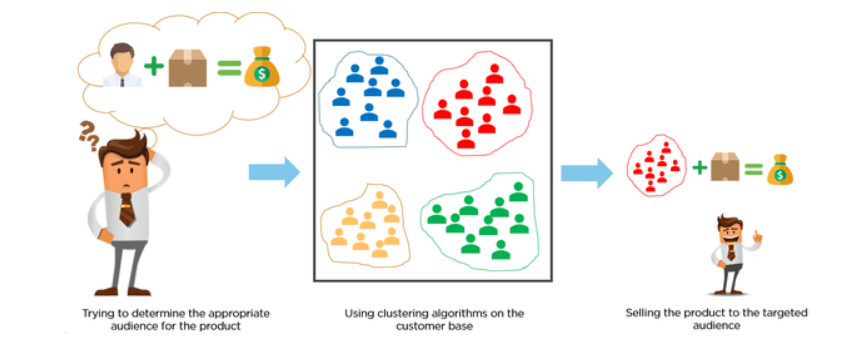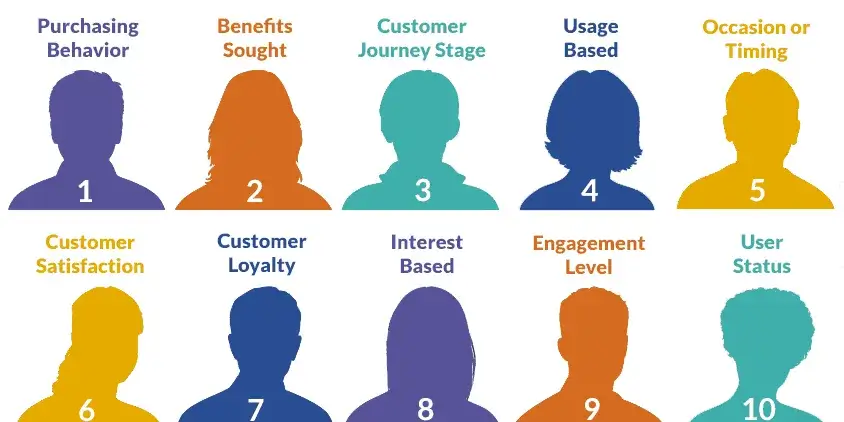In today’s highly competitive business landscape, customer experience has become a key differentiator for companies looking to stay ahead of the curve.
Customers have more options than ever before, and they expect businesses to provide high-quality products and services and deliver a seamless and personalized experience across all touchpoints. Understanding and addressing customer pain points is a critical part of providing a superior customer experience.
Customer pain points refer to the problems or frustrations that customers experience while interacting with a product or service. These can include anything from a confusing checkout process to a lack of transparency in pricing. Failure to address these pain points can result in dissatisfied customers, negative reviews, and, ultimately, lost revenue.
Fortunately, businesses can use data and insights to understand their customers’ pain points better and make improvements to their products and services.
By gathering and analyzing customer data and feedback, businesses can identify areas for improvement and develop strategies to enhance the customer experience.
Step 1. Gathering Customer Data And Feedback
To effectively analyze customer pain points, businesses need to collect a variety of data and feedback, incorporating the principles of audience intelligence.
There are several types of data and feedback that companies can collect.

This includes information such as age, gender, location, and income level. Demographic data can help businesses better understand their customer base and tailor their products and services to meet their needs.
This includes information such as purchase history, browsing behavior, and engagement with marketing campaigns. Behavior data can help businesses identify patterns and trends that can inform marketing and sales strategies. Additionally, Excel alternatives can efficiently handle and analyze behavior data to uncover valuable insights that shape marketing and sales strategies.
This includes feedback gathered through surveys, customer reviews, and social media monitoring. Feedback data can provide valuable insights into customer pain points and areas for improvement.
To collect customer data and feedback, businesses can use a variety of methods, such as surveys, customer reviews, and social media monitoring. Surveys can be sent via email or included on the company’s website and can be used to gather feedback on specific products, services, or the overall customer experience.
Customer reviews can be found on platforms like Yelp, Google Reviews, and social media channels and can provide insights into what customers like and dislike about a business. Social media monitoring involves tracking conversations on social media platforms to identify customer sentiment and feedback.
When dealing with online comments and reviews, it’s important to be very cautious so that you don’t overlook any feedback provided. This is why experienced businesses choose to use a review response service. This service helps them effectively handle online reviews and can even improve their brand reputation and build loyalty.
To maximize the quality and quantity of customer data and feedback, businesses should keep surveys short and focused, respond to customer reviews, and engage with customers on social media.
They can also use JavaScript tools for web scraping to gather additional insights from online sources and improve their understanding of customer preferences.
By making it easy for customers to provide feedback and respond to their concerns, companies can foster stronger relationships with their customers and gain valuable insights into their pain points.
Step 2. Analyzing Customer Data And Feedback
Once businesses have gathered customer data and feedback, the next step is to analyze it to identify pain points and areas for improvement. Collected data can indicate that a business needs to use customer onboarding software to improve customer experience in the onboarding stage.
There are several techniques that you can use to analyze customer data and feedback.
This involves using natural language processing (NLP) tools to analyze customer feedback for sentiment, keywords, and themes. Text analysis can help businesses identify patterns and trends in customer feedback and gain a deeper understanding of the pain points that customers are experiencing.

This involves grouping customers based on shared characteristics, such as demographics or behavior. Cluster analysis can help businesses identify different segments of their customer base and tailor their products and services to meet the needs of each group.
This involves examining the relationship between different variables, such as customer satisfaction and purchase behavior. Regression analysis can help businesses identify the factors that are driving customer behavior and pleasure.
In addition to these techniques, businesses can also use data visualization tools to identify key pain points. Data visualization tools, such as charts and graphs, can help companies to identify trends and patterns in customer data and feedback more easily. For example, a business might use a bar chart to visualize the frequency of specific customer complaints or a heat map to show the geographic distribution of customer pain points.
By using these techniques to analyze customer data and feedback, businesses can gain a deeper understanding of their pain points and develop strategies to address them and provide a superior customer support workflow.
Step 3. Prioritizing Pain Points To Address
Not all pain points are created equal, and businesses need to prioritize which ones to address first. Prioritizing pain points can help you allocate your resources more effectively and make the biggest impact on customer satisfaction and loyalty.
There are several techniques that you can use to prioritize pain points based on data and insights.
-
Impact vs. effort analysis
This involves ranking pain points based on their potential impact on customer satisfaction and loyalty and the effort required to address them. Pain points with high impact and low effort should be prioritized first, while those with low impact and high effort should be deprioritized.

This involves prioritizing pain points based on the needs and preferences of different customer segments. For example, if a business identifies a pain point that is specific to a particular customer segment, it may prioritize addressing that pain point to improve satisfaction and loyalty among that group.
-
Customer lifetime value (CLV) analysis
This involves prioritizing pain points based on the potential impact on CLV. Pain points that are likely to drive customer churn or reduce CLV should be prioritized over other pain points.
By prioritizing pain points based on data and insights, businesses can make strategic decisions about where to focus their efforts and resources. This can help companies to deliver a better customer experience, improve customer satisfaction and loyalty, and ultimately drive revenue growth. They can also use customer success software to streamline all these workflows and gain valuable customer insights seamlessly.
According to Jacobs Sterling – Business Manager from dissertation services UK,
“Analyzing customer data and feedback is essential for identifying and addressing customer pain points. By gathering and analyzing customer data and feedback, businesses can gain a deeper understanding of their customers’ needs and pain points, and develop strategies to improve the customer experience. Techniques such as text analysis, cluster analysis, and data visualization can help businesses identify trends and patterns in customer data and feedback more easily. By prioritizing pain points based on data and insights, businesses can allocate their resources more effectively and make the biggest impact on customer satisfaction and loyalty.”
Step 4. Implementing Solutions To Address Pain Points
Once a business has identified its customer pain points, the next step is to implement strategies to address them.
There are several strategies that you can use to address pain points, such as improving product information, streamlining checkout processes, and enhancing customer support.
-
Improving product information
One common pain point for customers is a lack of information about a product. Businesses can address this by providing more detailed product descriptions, images, and videos. This can help customers make more informed purchasing decisions and reduce the likelihood of returns or complaints. So, businesses should extract Amazon data with Python to gather competitive insights and enhance their own product information, improving the overall customer experience.
-
Streamlining checkout processes
Another common pain point for customers is a slow or complicated checkout process. Businesses can address this by simplifying the checkout process, offering multiple payment options, and reducing the number of steps required to complete a purchase. This can help improve the customer experience and reduce cart abandonment rates.
-
Enhancing customer support
Poor customer support is a significant pain point for many customers. Businesses can address this by improving their customer support processes, such as offering faster response times, more personalized support, and multiple support channels (e.g., email, phone, chat). This can help improve customer satisfaction and reduce churn rates.
Best Practices For Implementing Solutions
When implementing solutions to address pain points, you can follow best practices to ensure success. Some of them are the following.
Businesses should start with small, manageable changes rather than attempting to address all pain points at once. This can help ensure that changes are implemented successfully and do not disrupt the customer experience.
Businesses should involve key stakeholders, such as employees and customers, in the solution development process. This can help ensure that solutions are aligned with customer needs and that employees are invested in the success of the changes.
Businesses should measure the impact of solutions on customer satisfaction and loyalty. This can help identify areas for further improvement and ensure that changes are having a positive impact on the business.
It would be easy to understand if we could have a look at some ventures on how they successfully address customer pain points.
Case Studies
To understand how businesses can use data and insights to address customer pain points, let’s look at some real-world examples.
Amazon is known for its customer-centric approach, and it uses customer data and feedback to identify and address pain points.
For example, Amazon uses customer reviews to identify common pain points with products and then works with sellers to address these issues. Amazon also uses data to personalize the customer experience, such as by recommending products based on past purchases and browsing history.
Lessons learned: Amazon’s success is due in large part to its focus on the customer experience. By using customer data and feedback to identify and address pain points, Amazon has been able to build customer loyalty and grow its business.
Zappos is an online shoe and clothing retailer that is known for its exceptional customer service. Zappos uses customer data to personalize the customer experience and proactively address pain points.
For example, Zappos offers free returns and exchanges, which reduces the risk for customers and makes it easier for them to purchase from the site.
Lessons learned: Zappos’ success is due in large part to its focus on customer service. By using customer data to address pain points proactively, Zappos has built a loyal customer base and differentiates itself from competitors.
Conclusion
Customer experience has become a key differentiator in today’s highly competitive business landscape, and understanding and addressing customer pain points is critical for delivering a superior customer experience.
By gathering and analyzing customer data and feedback, businesses can identify areas for improvement and develop strategies to enhance the customer experience. Techniques such as text analysis, cluster analysis, and data visualization can help you gain a deeper understanding of your customers’ needs and pain points.
By prioritizing pain points based on data and insights, you can allocate your resources more effectively and make the most significant impact on customer satisfaction and loyalty, ultimately driving revenue growth.
Author Bio

Melissa Calvert is currently working as an assistant Crowd Writer, where professionals and students can seek career concealing. She is a digital marketer and has looked after numerous marketing campaigns. Melissa likes to travel and enjoys her leisure time playing guitar and reading books. She loves trying new recipes in the kitchen.








